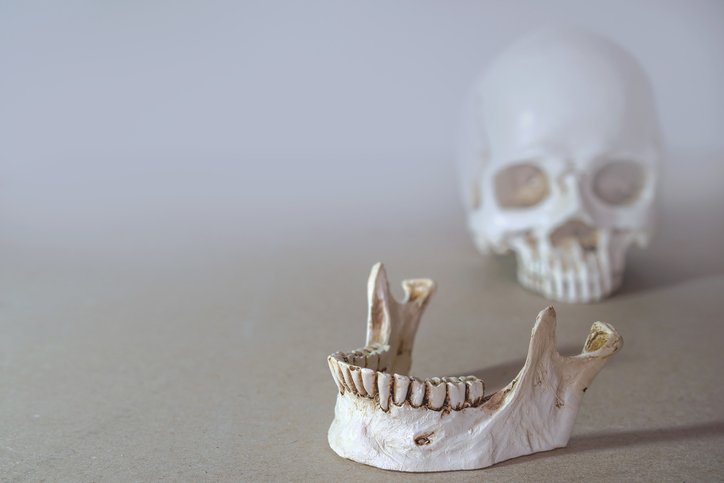
Your dentist is an important member of your healthcare team, but sometimes, misconceptions about dentistry keep people from getting the care that they need. Maybe the idea that a procedure is painful has left you fearful of making an appointment, or perhaps a myth about an oral health problem has led you to dismiss your symptoms. Could myths and misconceptions be standing in the way of you seeing your dentist when you need to? Here are some myths about dentistry that definitely need to be dismissed.
Myth: You should brush your teeth as much as possible.
You may assume that if brushing your teeth twice a day is good, then brushing them more often is even better. However, brushing your teeth too often can actually do damage. Over-brushing can damage the enamel on your teeth, which triggers sensitivity and leaves your teeth more vulnerable to decay. Brushing twice a day is sufficient for most people.
Myth: Fluoride is toxic.
Fluoride is a naturally occurring mineral that can help to strengthen your tooth enamel and reduce the risk of cavities. However, some people have the idea that it is dangerous and can increase the risk of cancer, arthritis, and kidney disease. In reality, fluoride is safe when used in appropriate amounts. It would be difficult for most people to get too much fluoride, but if you’re concerned, talk to your dentist about what is right for you.
Myth: Fillings and root canals hurt.
For any treatment that could potentially cause discomfort, your dentist will use local anesthesia to make sure that you don’t feel a thing. Most people are surprised after getting a filling or root canal that their procedure didn’t hurt and that they experienced only mild discomfort, if any, after the procedure.
At University Associates in Dentistry, we use the very latest technologies to deliver quality general and cosmetic dentistry treatments, including veneers, teeth implants, and teeth whitening in Chicago. Schedule your appointment today by calling (312) 704-5511.




